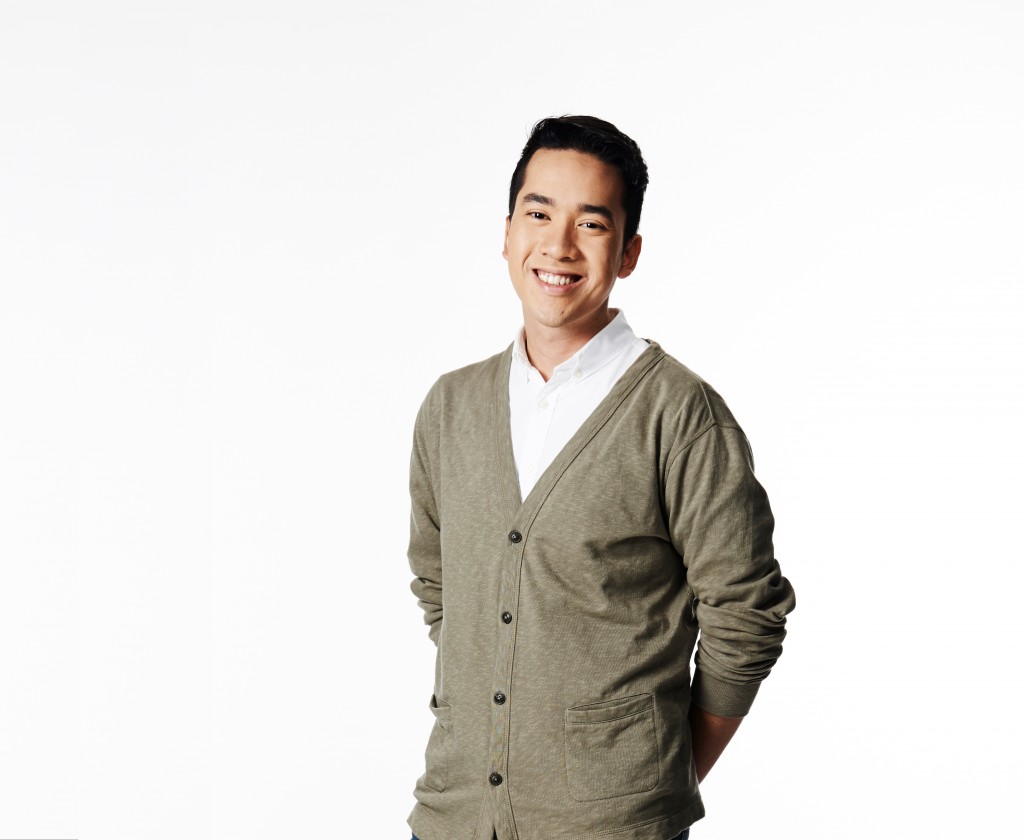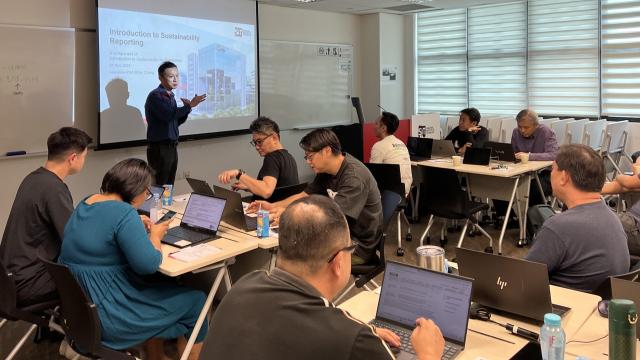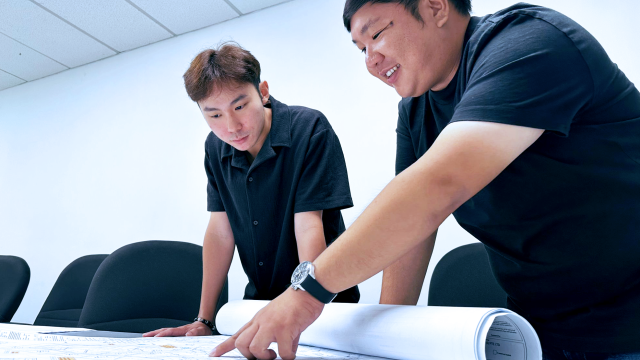In the third of the series of articles on the ‘Famous Five’ students fronting the SIT Admissions Campaign 2015, Midzi Zulkifli lets us in on the little lessons he had learned during his stint.
1) Tell us more about the degree programme you are reading.
I am currently in the first year of my Bachelor of Arts in Game Design at Digipen Institute of Technology Singapore; it is a three-year-long degree programme.
The Game Design degree programme essentially trains students to become game designers who can not only think on their feet and work in teams, but most importantly create unforgettable experiences for game players. Unlike the BSc in Computer Science and Game Design, this BA programme prioritises the visual and narrative elements of Game Design, and places less emphasis on the technical aspects of game development.
2) Tell us about your journey from polytechnic to Singapore Institute of Technology (SIT).
I graduated with a diploma in Game & Entertainment Technology from Temasek Polytechnic. After graduation, I got called up for military service. It was about eight months before my ORD when I decided to check out SIT’s 2014 Open House.
There, I got a chance to speak with the Chair of the Game Software Design and Production department for DigiPen Singapore. At that time, I wasn’t quite sure about taking up the programme given that the curriculum came across as a tough one.
In the end, I decided to go for it and applied for the degree programme through SIT’s online Admissions web page a couple of days after the Open House.
3) How much more value do you think there is to reading this degree in Game Design at SIT compared to studying for a diploma in Game Design at polytechnic?
Back in polytechnic, we were taught how to design games; more emphasis was placed on programming. In terms of actual game designing, I learned only the bare minimum.
At Digipen Institute of Technology Singapore, we are taught that every decision can and will have an impact on the overall experience of the game. Here, the lecturers really encourage creative thinking; the more you challenge yourself, they tell us, the more you’ll learn.
4) Why did you decide to take up the degree instead of heading straight for the workforce after graduating from Polytechnic?
I know I could have gotten a job with my diploma, but the people I wanted to work for and the projects I wanted to be involved with would require much more skill and knowledge than I possessed at that time.
I want to amount to more in life, and I believe the fastest and surest way is by furthering my education.
5) Why did you choose to study at the Digipen Institute of Technology in Singapore and not in America?
My answer would be this: why go overseas when you can still study at a prestigious school – Digipen Institute of Technology – which is located just a little more than an hour from where you live?
6) Tell us more about the overseas immersion programme which you will be participating in.
I’ll be heading to Digipen Institute of Technology’s main campus in Redmond, Washington in my second year during the summer break. That will happen sometime in May 2016.
What I know of the trip is that it will be three months long. It’s pretty much going to be like another regular semester in Singapore except that we’ll be able to interact with the local students on the main campus. It’ll be my chance to experience life as a DigiPen student in America.
7) Tell us how you became one of the ‘Famous Five’ in the SIT Admissions Campaign?
It’s funny. I remembered being in class at that time when I got the call about being selected.
I picked up the call. Guess what? My lecturer walked up to me and asked me what I was doing. I apologised and had to excuse myself. So, a word of advice for those who take phone calls in the midst of class – excuse yourself before taking the call; lecturers hate it when they’re teaching and you’re whispering into your phone! (laughs)
8) Share with us some of the highlights during the making of the Admissions Campaign photoshoot.
Getting my make-up done was a lot of fun; seeing myself in make-up was pretty new but cool! The make-up artists were really ‘chill’ and easy to talk to.
It was only during my turn to be photographed that I started to tense up – I was a photographer for my unit during my National Service days and used to cover events such as drill competitions and parades.
If you were to see my Instagram, the last selfie I took was about 17 weeks ago – my point is, you would be able to tell that I’m not used to being photographed.
That said, in spite of how ‘sad’ I look (in self-deprecation), the shoot went pretty well. Especially given that the whole session lasted only twenty minutes or so.
9) Wait, you don’t think that you’re ‘hot’?
All I will say is that confidence is very important. It is also key to getting a good shot (photo).
10) Anything you’ve learned from this photoshoot?
(smiles) I’ve learned that you have to be really professional when you’re in front of the camera, i.e. don’t crack jokes when you’re in between poses. Everyone in the studio is there to make sure you look good and that the photos turn out well. They’re not there to be ‘entertained’. If I ever get a chance to do this again, I’ll make sure I focus on the task at hand.
11) What do you plan to do after graduating from university? Do you intend to venture overseas?
I’d like to stay in Singapore, where I am most comfortable – near family and friends. I’d like to start out as a designer and perhaps try my hand at producing games.
12) What are your views on the game design industry and its challenges today?
Over the years, it seems that ‘social liberalism’ has caught on with the gaming community; the gamers are paying more attention to issues such as representation and equality.
In particular, there has also been a lot of buzz concerning gender representation in video games. To me, this is one of the biggest issues facing the game industry, one which I feel strongly about.
Women are gaming as much as men in this day and age, and I feel that the gaming industry should be more welcoming and inclusive of female gamers as well as female developers –putting a game with a female protagonist out in the market shouldn’t amount to a big deal anymore.
In the near future, I hope women of all shapes, sizes, and colours will be better represented in video games.




